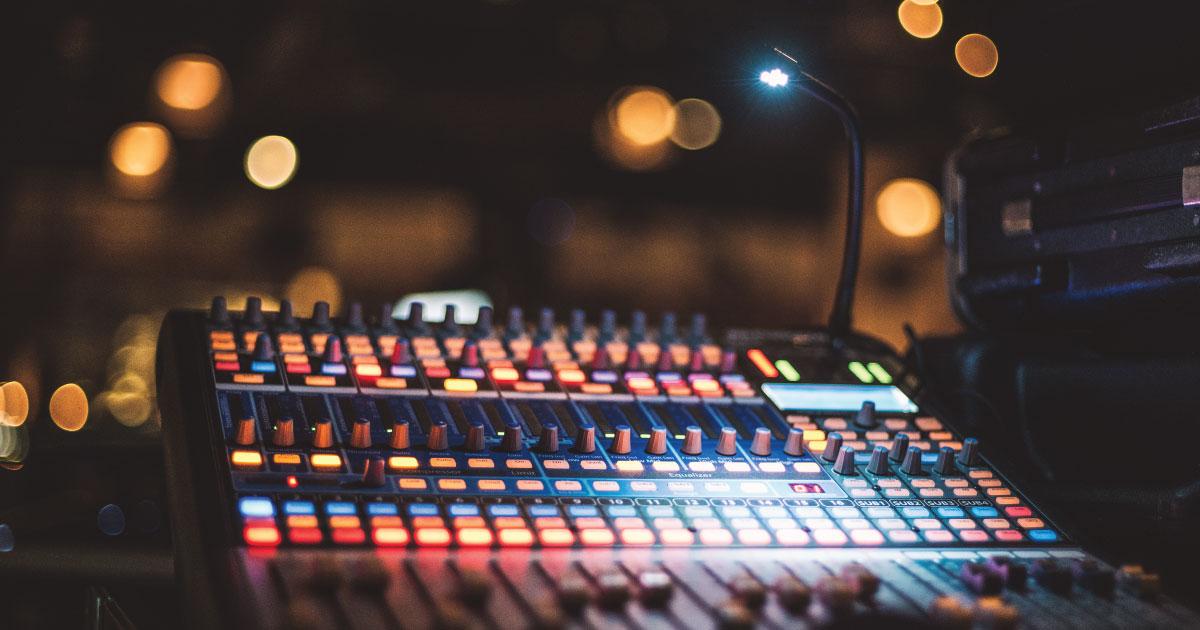Meeting planners have a responsibility to annually review and find ways to improve/streamline their RFPs so that they can get more clear-cut responses and ultimately create a seamless AV experience. Copying and pasting from old RFPs or forwarding bids from last year’s event will likely not get you what you’re hoping for in your mind’s eye.
So here it is, a better way to write AV RFPs in order to help you get AV bids that you understand, better communicate your needs and vision to production companies and reduce this area of frustration in your job.
Start with the big picture. Even if all you’re looking for in your bids is AV services, this will help your prospective partner by providing them with context:
-
Company
-
Location (city, venue, rooms)
-
Dates
-
What is the overall goal for your upcoming event?
-
What type of event will this be (i.e., clinical meeting vs. sales meeting)? A clinical meeting likely means we need bright clear screens because we’re looking at charts and graphs all day. A sales meeting will likely need moving lights, subwoofers to motivate the room, etc.
-
How many attendees will there be?
-
How will attendees be seated? For example, 500 people in a theater setting is way different than 500 people sitting two per six-foot table.
-
Meeting agenda/schedule. Knowing breakout times, the number of presenters in breakouts, who is speaking when in general sessions, etc., is very important information for a production company to know in order to determine how many techs they will need for the engagement and what type of gear to suggest.
When it comes to details, many planners tend to include detailed equipment lists in their RFPs, many times copying/pasting from old bids or previous events. While well intended, giving an equipment list to your prospective production partner is not necessarily the best idea. Letting your prospects know what gear you’re thinking about in terms of the number of screens, gobos (for projecting graphics/images on walls) and things like that is great, but detailed equipment specs are not helpful. If you have a direction you’d like to go with gear, a description of what you’re asking for and why will give the best info and context to help your production partner collaborate with you on the best solution.
This can be done in everyday language. For example, if you are an association and have equipment you plan to use for your event, you could simply state, “We will be bringing [4] projectors and will need from you microphones for [3] speakers and a moderator who will be on stage in a panel, [1] tripod and [2] flip charts. Please bring backup projectors should ours fail.”
Just because you had a 10-foot screen and 4,000-lumen projector last year does not mean it would be the best solution this year. Screen size should be based on viewing distance and content. Projectors are based on ambient room light and size of the screen.
Instead of requesting a 42-inch monitor for video loop, which gives no context, how about, “I need two screens to display PowerPoint and an opening video?” This type of statement gives a very clear idea of the entire video system (computers, slide advancer, etc.), which will best serve this need.
Instead of listing “dual wireless microphone and presentation kit,” how about, “We’re going to have up to five speakers in one session and need appropriate microphones and speakers for the size and shape of an audience of 350 members seated in a theater.”
Many companies like to throw around non-specific terminology like “Gentner.” Gentner has been out of business for many years. And still, you’ll find AV companies charging US$300 for a “Gentner.” AV is very technical, and your AV production partner should be able to advise you on what gear best serves your event and, hopefully, it’s not old gear they’re trying to wring the life out of.
Much like innovations in how we get around town (Lyft) and find overnight lodging (Airbnb), we could dream of innovation in the way we procure and judge AV partners—and perhaps that time is now. Let’s each do what we can to demand transparency in the industry and also set our future vendor partners up for success.



